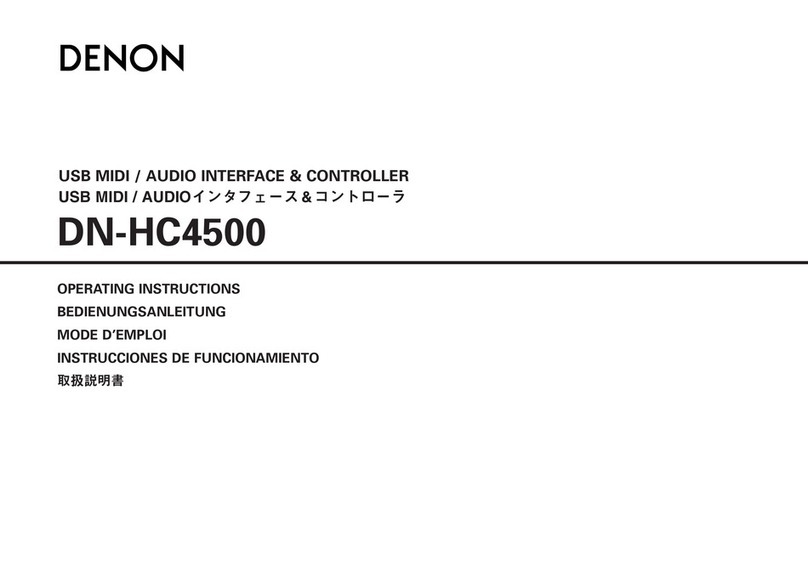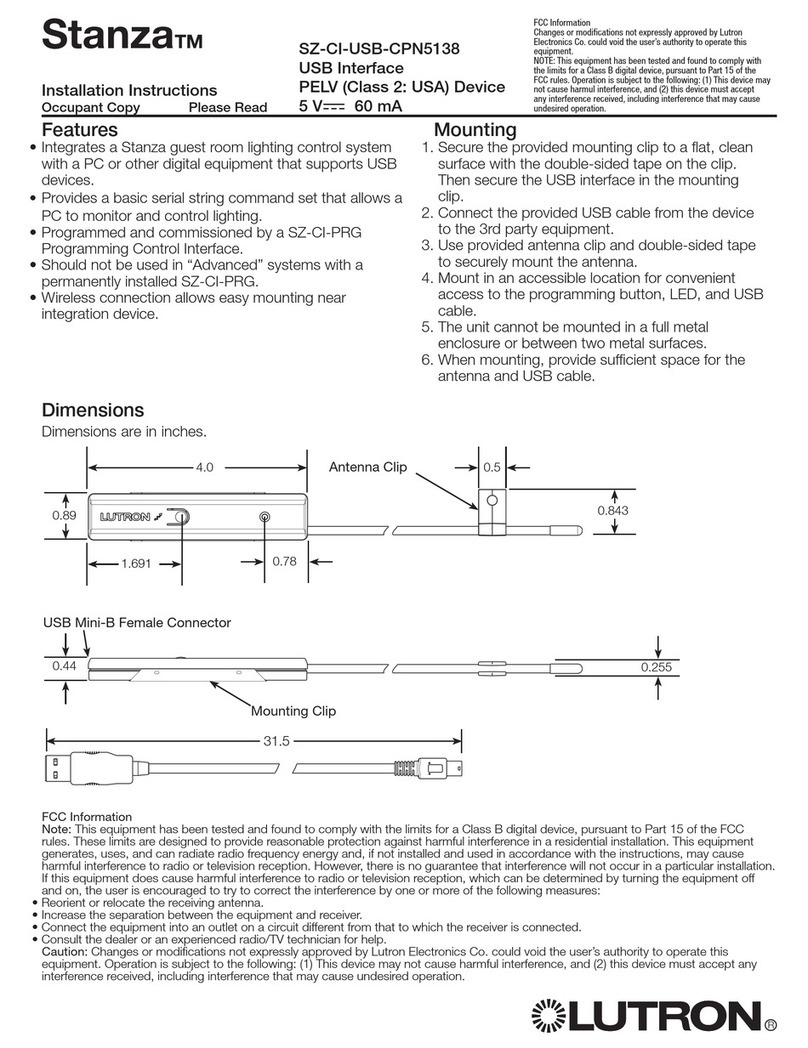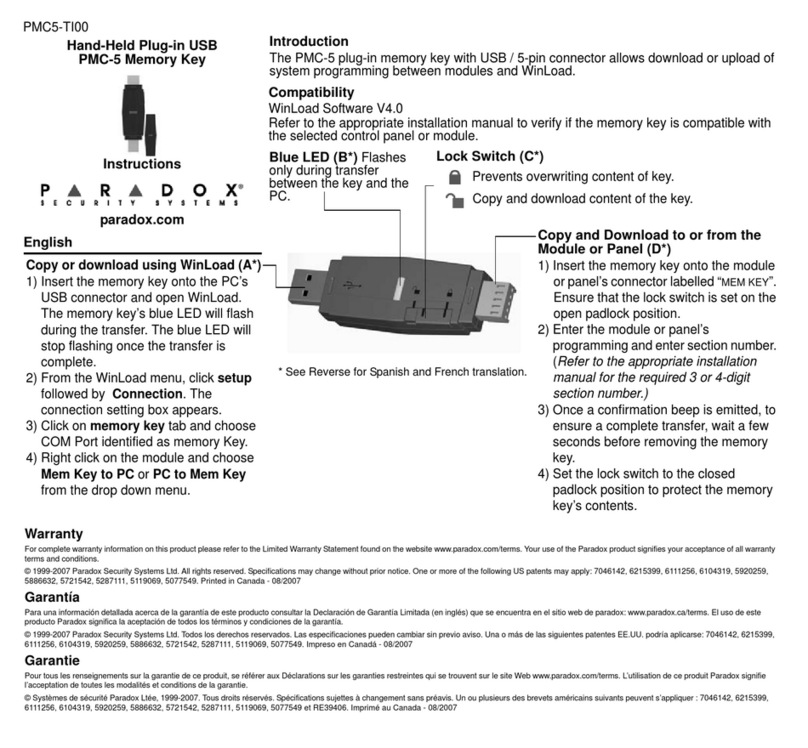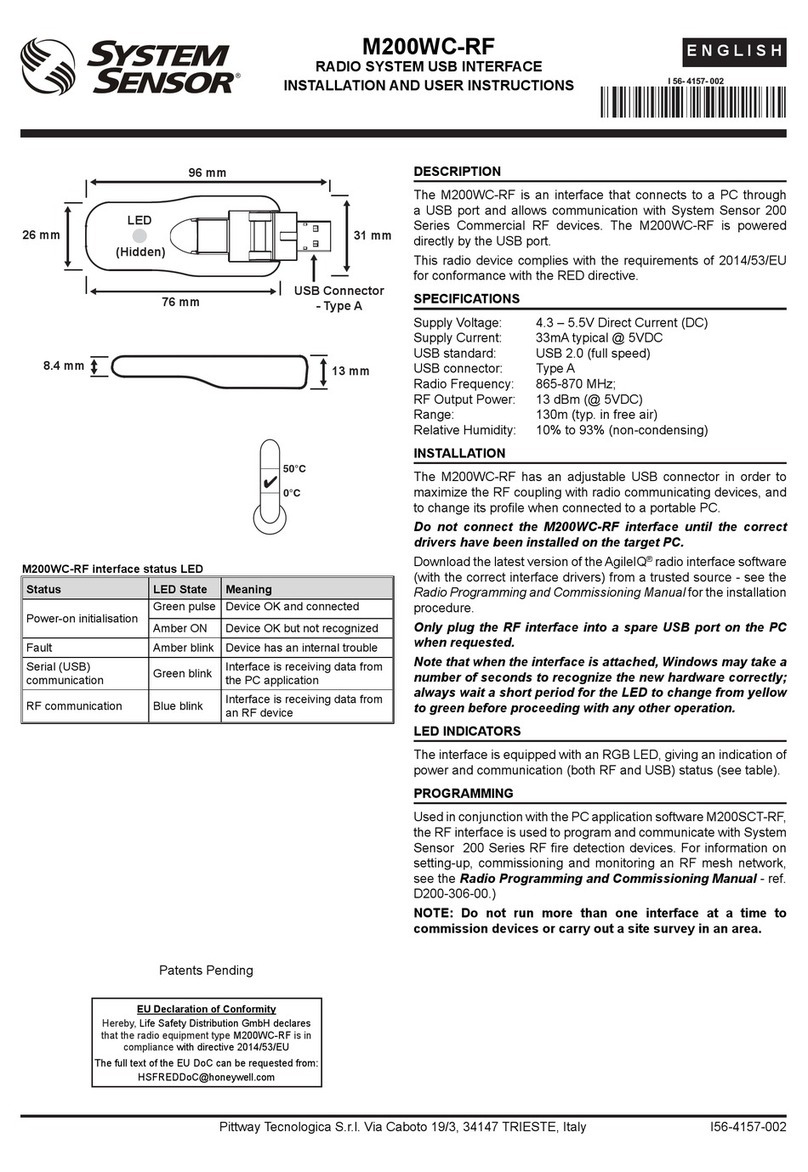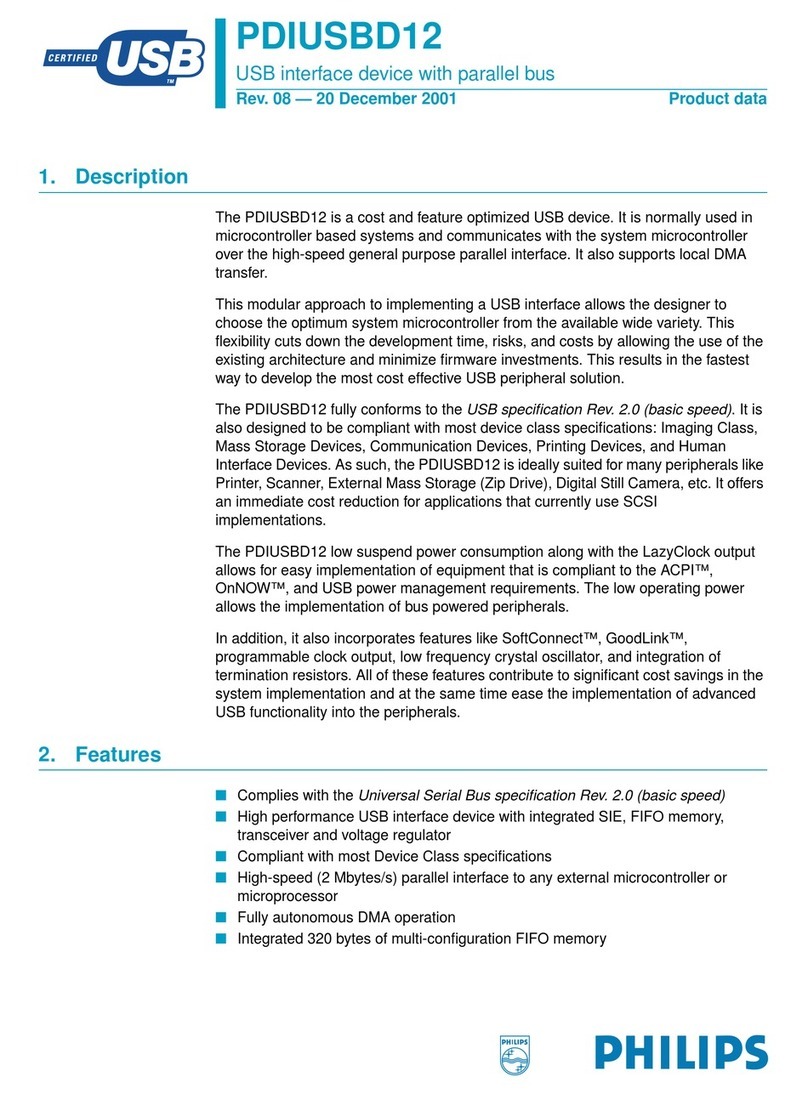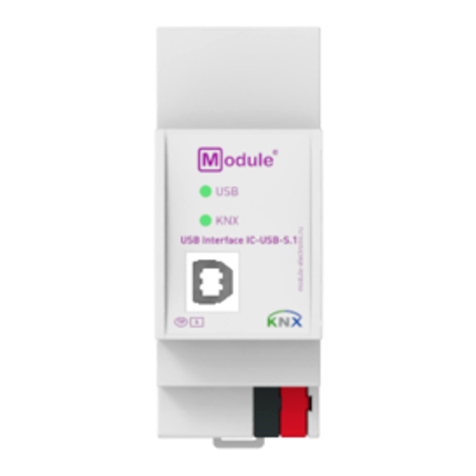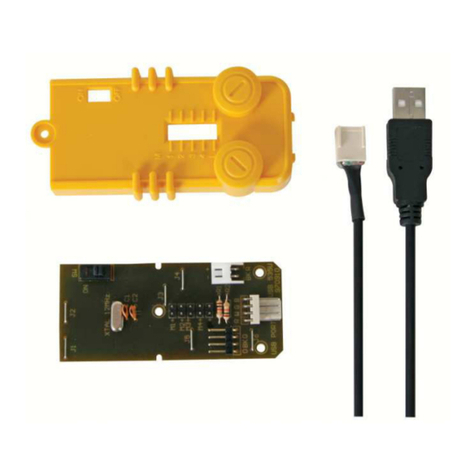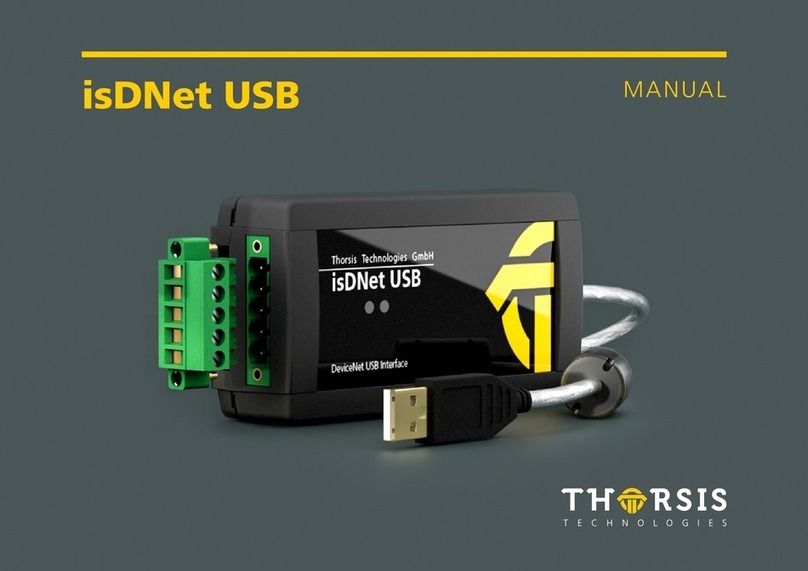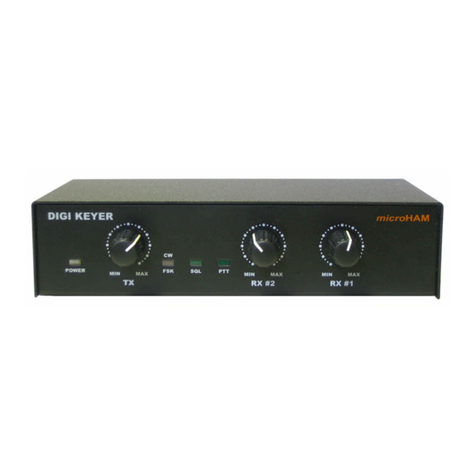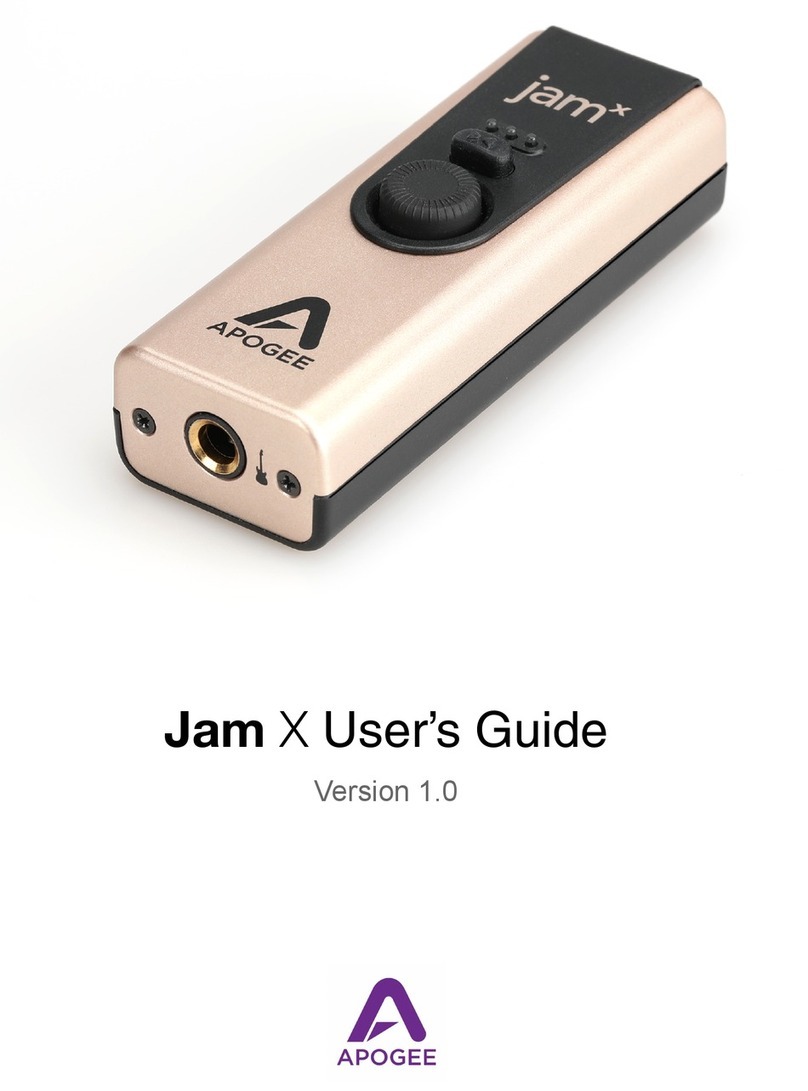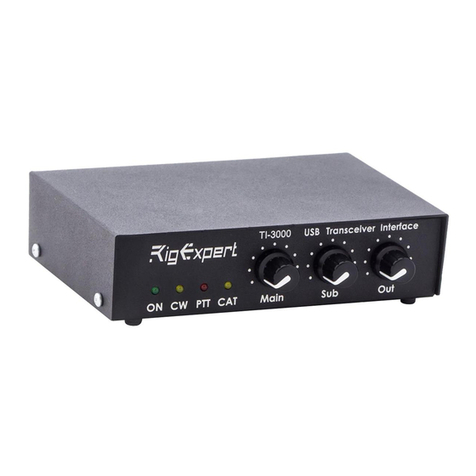
Pub. 42004-403F
GAI-Tronics Corporation 400 E. Wyomissing Ave. Mohnton, PA 19540 USA
610-777-1374 800-492-1212 Fax: 610-796-5954
VISIT WWW.GAI-TRONICS.COM FOR PRODUCT LITERATURE AND MANUALS
GAI-TRONICS®CORPORATION
A HUBBELL COMPANY
Model 10959-201 and -203
Wall-Mount Audio Messenger Interfaces
TABLE OF CONTENTS
Confidentiality Notice.....................................................................................................................1
Product Overview............................................................................................................................1
Features....................................................................................................................................................1
Options.....................................................................................................................................................2
Configurations.........................................................................................................................................2
Alarms...................................................................................................................................................................2
Inputs/Outputs.......................................................................................................................................................2
Timed Events ........................................................................................................................................................2
Optional Telephone Operation..............................................................................................................................3
Page/Party®Operation ..........................................................................................................................................3
Optional ADVANCE Operation ...........................................................................................................................4
Optional Zone Operation ......................................................................................................................................4
Optional AMI Redundancy...................................................................................................................................4
Installation ......................................................................................................................................5
Mounting..................................................................................................................................................5
Wiring......................................................................................................................................................6
Digital Outputs......................................................................................................................................................6
Digital Inputs ........................................................................................................................................................7
Audio ....................................................................................................................................................................8
System...................................................................................................................................................................8
Ethernet.................................................................................................................................................................9
Power ....................................................................................................................................................................9
Optional PBX Connection ....................................................................................................................................9
Page/Party®...........................................................................................................................................................9
Settings and Adjustments..............................................................................................................10
Opening the Unit...................................................................................................................................10
Level Adjustments ................................................................................................................................11
Display Brightness..............................................................................................................................................11
Phone Line Levels ..............................................................................................................................................11
Party Line Levels ................................................................................................................................................11
Page Line Levels.................................................................................................................................................11
Jumper Settings.....................................................................................................................................11
600-Ohm Line Termination ................................................................................................................................11
AUDBUS1 Termination .....................................................................................................................................11
AUDBUS2 Termination .....................................................................................................................................11
Audio Contact Supervision .................................................................................................................................11



